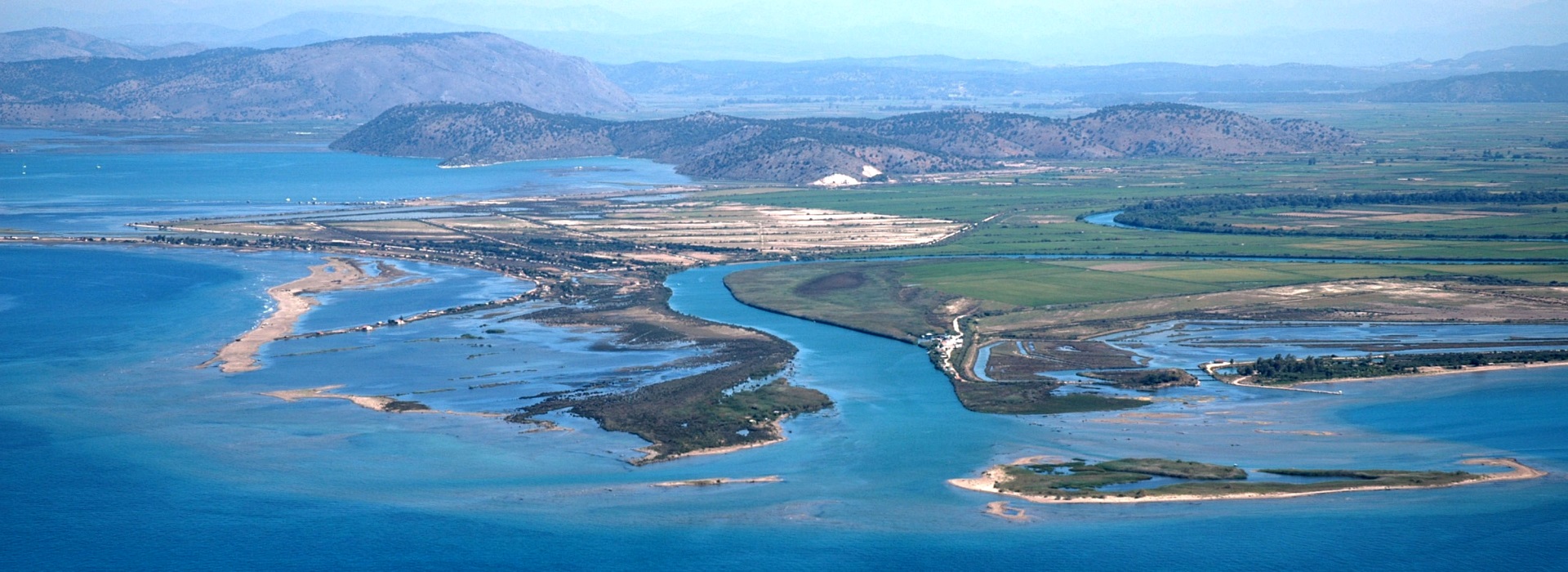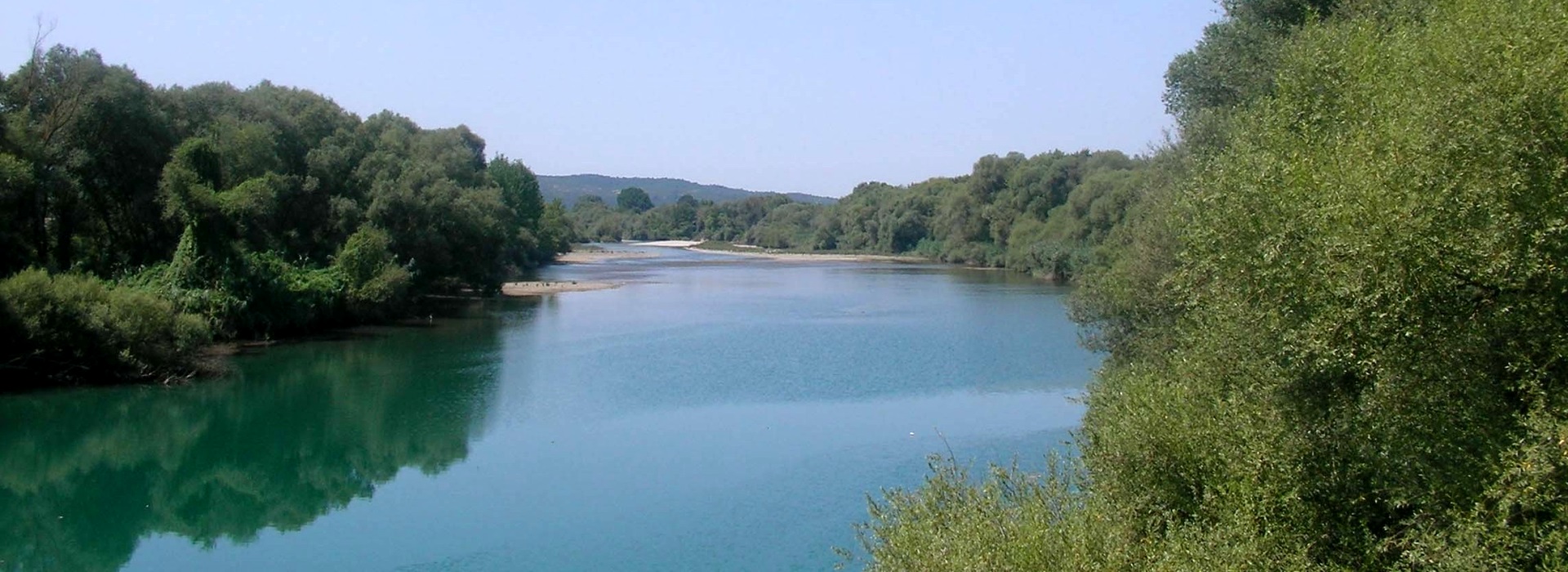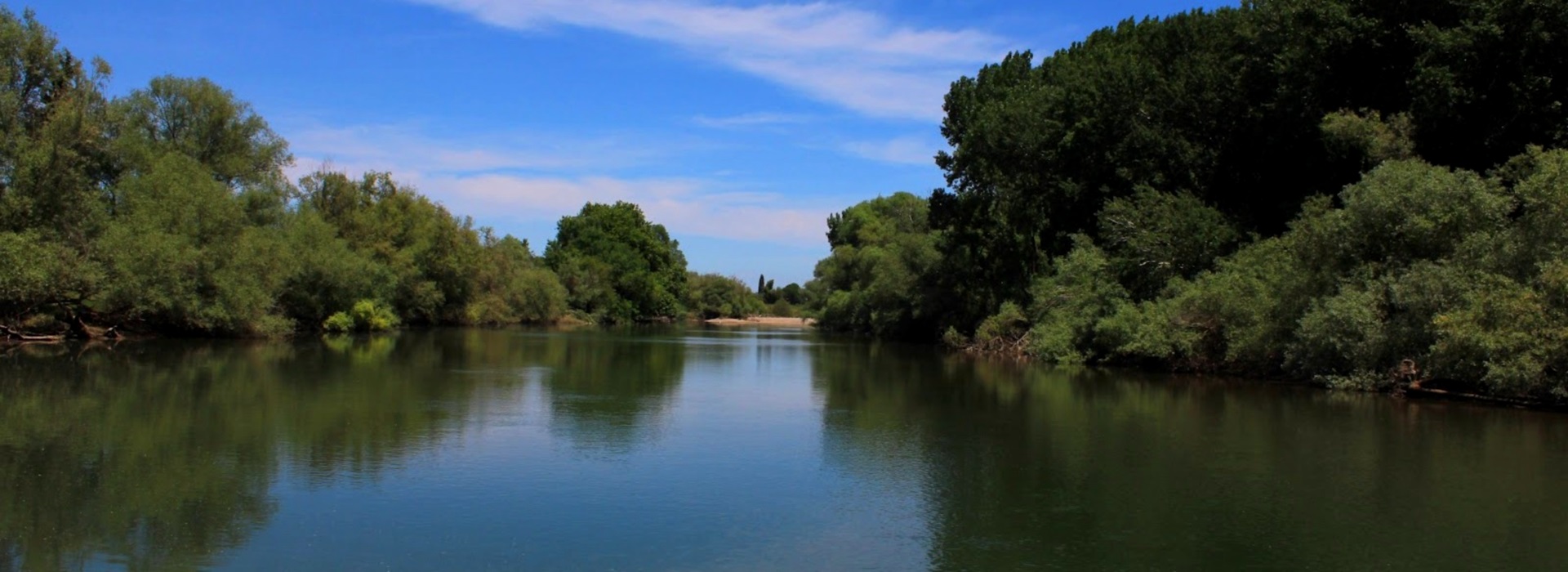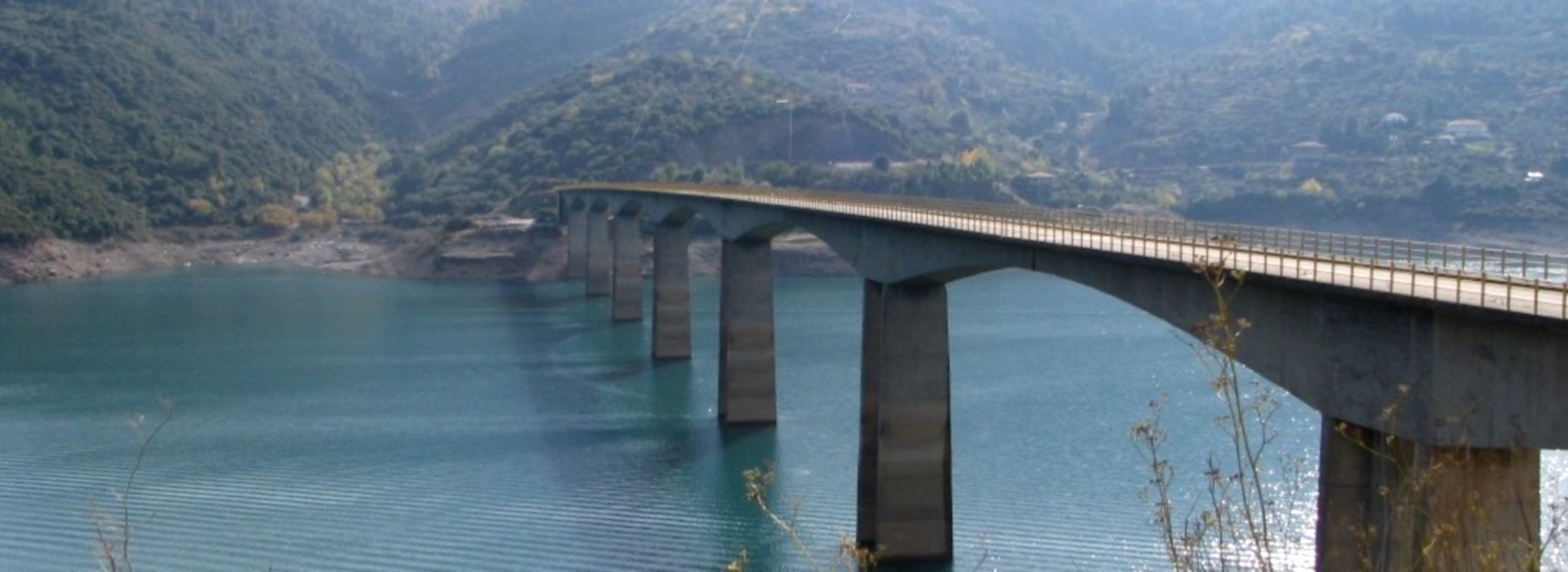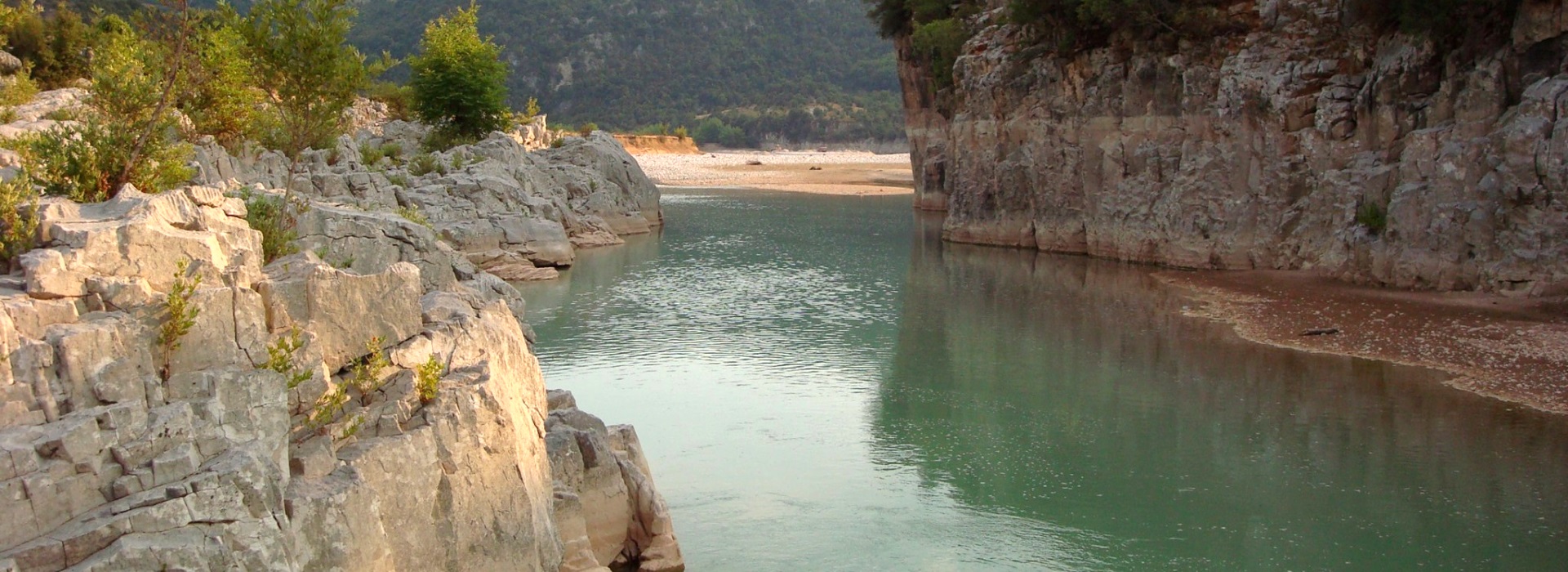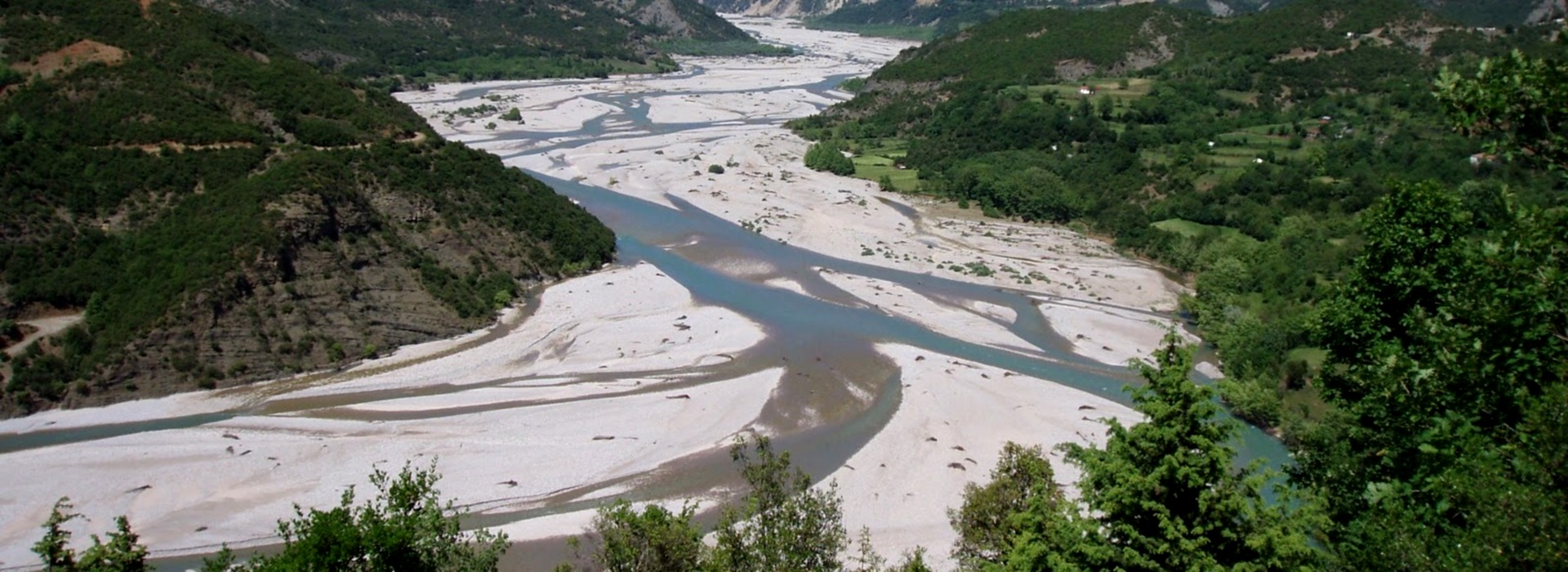The River
Achelous is the second longest river in Greece. It is considered as the river with the most water in all Greece. It stems from the Pindos mountain Range and after a 220 km route, it flows into the Ionian sea, having formed the alluvial Echinades islands. The river separates with its path the regions of Acarnania and Aetolia. In its crossing, it successively fills with it’s waters the three artificial lakes of Kremasta, Kastraki and Stratos, and irrigates the entire fertile valley of Agrinio. In it’s path, the river meets with many smaller rivers and creeks and accumulates their body of water. The total annual volume of river water arriving into the mouth of the Ionian Sea amounts to 4,030 million cubic meters (M3)
The Achelous river geographical location is E 21 17 and N 37 38. It falls under the European Commission Decision 2006/613/EC and is a region of significant importance in the Mediterranean area.
According to mythology, Achelous gave Hercules the cornucopia.
The village is considered as a riverside community. It is located just 4 kilometers from the banks of the river Achelous. Most of the land in Kalivia is a creation of the debris deposits that the river Achelous has brought in the area over time.
The river was named, according to the prevailing interpretation of the root word “ah” or “aha” (Latin ajua) meaning water and is the first component and the comparative adjective “loon”, which means better, more beneficial quantitatively greater. The two components together declare Polynero river, or “too much water”.
The second interpretive version accepts a component of the name of the river Achelous the verb “heloo” which means overflow, overflow, or derived from the root ‘Hellen’, meaning mountain or tall man (mountaineer), a name which was given to the inhabitants of the mountainous regions of Ranges Pindos adjacent to its springs. From the same root come probably the names Hellas(Greece) and Elloi(Greeks).
The most famous myth about the river was about his fight with Hercules for the sake of Deianeira, daughter of Eneas, king of Calydon (considered the first grape grower from whom the Greek work oinos meaning wine took it’s name), not responded to his love. Deianeira startled by the appearance of a bull that her suitor has, the river Achelous, she wished to die than marry him. Hercules gave a titanic struggle to smash the horn of the bullheaded god and threw him on the ground. The god Achelous, recognizing his defeat, requested and got from Hercules, the broken horn and then gave him the Cornucopia, a source of fertility and prosperity. Hercules in return gave the Cornucopia to Eneas, king of Calydon and so he took Diianeira as his wife.
This myth shows the eternal struggle of the people at ancient times against unexpected flooding and the uncontrolled power of the river when it becomes destructive until human projects like canals, draining ditches and dikes were able to tame the uncontrolled flow of the river (the breaking of the horn) and then exploit the waters of the river to irrigate the land and produce thereby rich fruits of the earth (the Cornucopia).
















